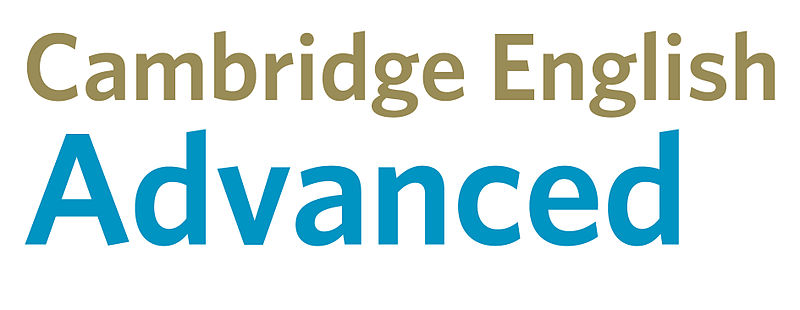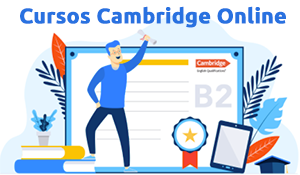Skim, scan, skip: Preparing for the CAE Reading
One of the most time-consuming parts of the Cambridge Advanced exam is the reading. It is made up of 4 parts and each part might take you more than twenty minutes to read, analyze, and answer whereas the allotted time doesn’t allow you to do that. Some people prefer to read thoroughly to completely understand the message but in doing so, you might fail to manage your time, resulting in an incomplete answer sheet. So here are some strategies that can help you prepare for this challenging part.
Reading comprehension exam is everywhere! Read one feature article a day
Familiarize yourself with different types of Reading comprehension in the exam
The CAE Reading parts 5, 6, 7, and 8 have different tasks and different levels of difficulty. There are parts which are easier to locate information but there are parts that aren’t.
| For example, PART 5 (multiple choice), has its information always in the same order as the questions. The passage where you can get the information needed for every question will always be close to each other so you won’t need to run through back and forth paragraphs just to confirm your answer. |
| PART 6 (multiple matching) looks short but it’s not that easy. You must look for the relationships between texts by searching for synonyms and rephrased ideas. |
| PART 7 (gapped text) might be the most complicated activity in the whole exam and this task entails you to look for referents and antecedents, pronouns and nouns. Furthermore, you should be looking at the sentence and paragraph transition. Is it using links for contrast? Is the next paragraph a response to a question? |
| In the last part, PART 8 (multiple matching), you might need to scan the text quickly to get the general idea, tone, and focus of each paragraph. Like the other parts, you will need to look for synonyms and ideas that are paraphrased from the question. To confirm your answer, make sure that the complete sense of the question is expressed in the exact sentence/s you’ve located. |
Skim…..Scan…..Skip
It would be useful to keep in mind that you don’t need to read the whole passage thoroughly. Before starting, try to skim the whole text first, that is to read it very quickly for surface level comprehension just to overview the whole text. This way, you’ll immediately get the main idea and the main points. Look at the introduction and conclusion, the topic sentences, first and last sentences of each paragraph, titles and headings, as well as words in bold and italics. Skimming is useful when you’re given very long texts as it is a way of summarizing and determining what the main idea is. Read the questions and choices first. Finding out earlier what information you need to look for will save you a lot of time.
After that, scan the text for specific information to identify the particular detail the question is asking for. Do a trial and error to each of the option.
Going back to the passage is also essential to support your answer. But in doing so, skip the unnecessary details and actively choose not to read some portions of the text. Some things to disregard are function words (prepositions, conjunctions, articles), while some things to focus on are content words (nouns, adjectives, and verbs). Skipping is sensible to do when you are already familiar with the topic and when you already understood the examples.
These points above are some of the strategies that might help you in answering the reading part quickly, the most important of which is to make sure you had a lot of practice before taking the exam. Set a time for yourself when practicing to see in which ways can you still improve.




